The Shankaracharya Temple, also known as the Jyesteshwara temple or Pas-Pahar by Buddhists. Shankaracharya Temple is situated on the top of the Shankaracharya hill, also called Gopadari Hill.In the Zabarwan Mountain in Srinagar, Kashmir. It is dedicated to Lord Shiva. The temple is on the summit of the same name at a height of 1,000 feet (300 m) above the plain and overlooks the city of Srinagar.
Shrine’s History
The temple dates back to 200 BC, although the present structure probably dates back to the 9th century AD. It was visited by Adi Shankara and has ever since been associated with him; this is how the temple got the name Shankaracharya. It is also regarded as sacred by Buddhists. The Shiv ling was placed inside during the Sikh period in the nineteenth century and it became an active Hindu temple when regular services were conducted. Some historians report that the temple was actually a Buddhist temple during the buddhist era which was then changed into Hindu site of worship by Adi Shankaracharya.
Persians and Jews call it Bagh-i- Sulaiman or the Garden of King Solomon. Persian inscriptions are also found inside the temple. According to Pandit Anand Koul (1924), the temple was originally built by the Hindu king “Sandiman” who, according to Koul, reigned in Kashmir from 2629 to 2564 BC. It was repaired by King Gopaditya (426?365 BC) and by King Lalitaditya (697?734 A.D.). Sikandar, the Iconoclast did not, for some reason, destroy it. Zain-ul-Abidin repaired its roof which had tumbled down by an earthquake. Sheikh Ghulam Mohi-Ud-din, a Sikh Governor (1841?46), also repaired its dome. It was repaired by King Gopaditya (426?365 BC) and by King Lalitaditya (697?734).The earliest historical reference to the hill comes from Kalhana. He called the mountain Gopadri. Kalhana also says that King Gopaditya granted the land at the foot of the hill to the Brahmins that had come from the Araya versh.?
The land grant was called GOPA AGRAHARAS?. This area is now called Gupkar. Kalhana also mentions another village in the vicinity of the hill. It so happens that the King Gopaditya housed some of the Brahmins who had eaten Garlic to a village next door. Kalhana names this village as Bhuksiravatika. That would be Buchvore today. Kalhana also mentions that King Gopaditya built the temple on the top of the hill as a shrine to Jyesthesvara (Shiva Jyestharuda) around 371 BC Abul Fazal also mentions that King Gopaditya built the temple. Although many experts believe that the current temple was probably built later but most of them agree that the base of the structure does seem to be very old.
It is said that Lalitaditya Muktapida (724-726 AD) of Karakote dynasty did repairs to the temple. According to Srivara Budsah (Zain-ul-Abideen 1420-1470 AD) did major repairs to the temple. He also put the Kalash (spire) and the roof of the structure which had fallen due to an earthquake.The third time the temple was repaired was the Muslim Governor, Sheikh Mohi-Ud-Din (1842 to 1845) during the Sikh rule of Kashmir. some call it Takhti Suleiman also. Probably Jews believe the lost tribe of Israel lived in Kashmir. They refer to the culture and design of temple as the evidence. There is no doubt that there are a lot of similarities between Israelites and Kashmiris.

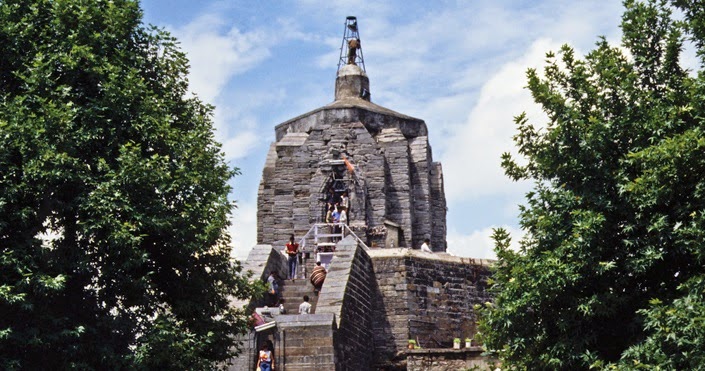
Architectural Relevance of This Shrine
The Shankaracharya Temple rests on a solid rock. A 20-foot tall octagonal base supports a square building on top. The terrace around the square temple is reached by a stone staircase enclosed between two walls. A doorway on the opposite side of the staircase leads to the interior, which is a small and dark chamber, circular in plan. The ceiling is supported by four octagonal columns, which surround a Basin containing a Lingam encircled by a snake.
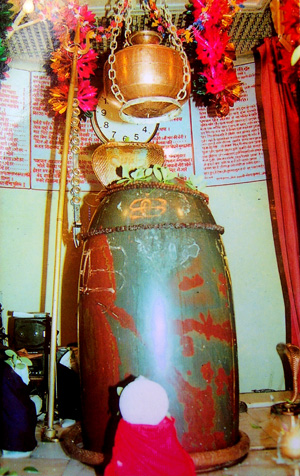
Shrine’s Map Location and How to Go There
By Road
The nearest Bus stop is Srinagar.
By Rail
The nearest Rail Head is Jammu which is 300 Kms away
By Air
The nearest Airport is Badgam approx 25 Kms.
.jpg)
Shrine Timings
7:00 am till 8:00 pm
Events Celebrated at This Shrine
shivratri
Extra Information About this Shrine
Visitor information
There are 243 steps leading up to the temple area and another 8-10 steps from there to the temple hall. Entrance to the hill is guarded by army personnel and cars are not permitted after 17:00 hours, although the temple remains open until 20:00 hours. Views of Srinagar are possible from the top of the hill. The temple is used for regular worship and pilgrims visit the temple during the Amarnath Yatra.
Jesus in Kashmir It is believed that Jesus Christ visited Kashmir, and especially this temple as is inscribed on the steps, leading up to the main shrine.
The four Persian language inscriptions, at the stairs, have the following words inscribed on them :- Quote 1. “The mason of this pillar is Bihishti Zargar (artisan under Sandiman), year fifty and four. 2. Khwaja Rukun son of Murjan erected this pillar. 3. At this time Yuz Asaf proclaimed his prophethood. Year fifty and four (=78AD). 4. He is Jesus, prophet of the children of Israel.
Best time to visit the Shankaracharya temple is during the month of September-October or early winter. Accommodation Facilities at the Temple These are some of the accommodation facilities available in Jammu & Kashmir for the Pilgrims.

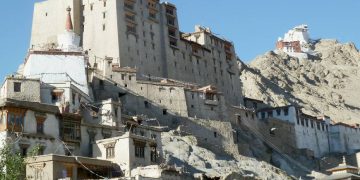

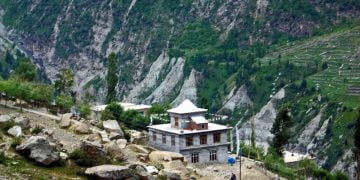
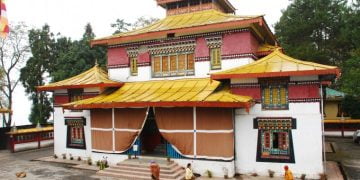

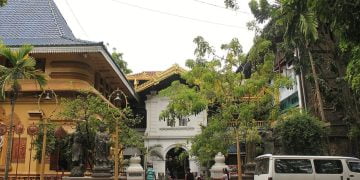
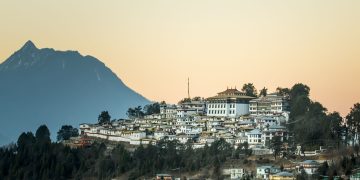
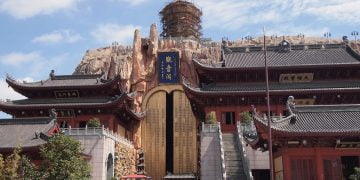
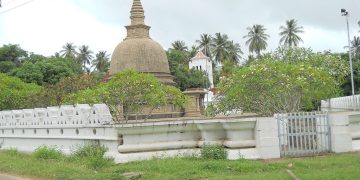
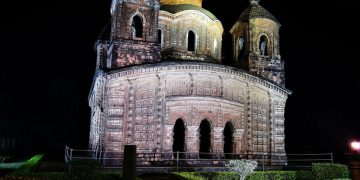
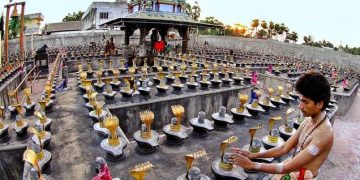

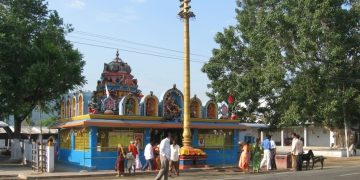
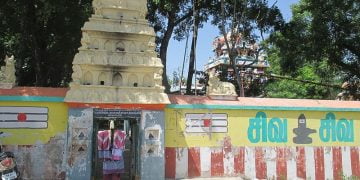
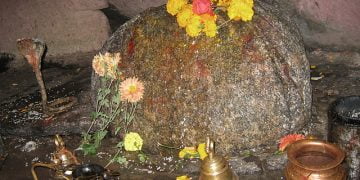
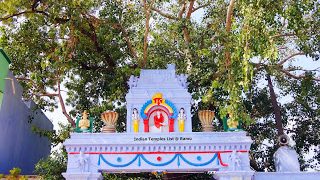
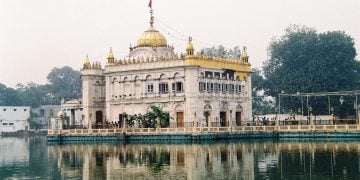
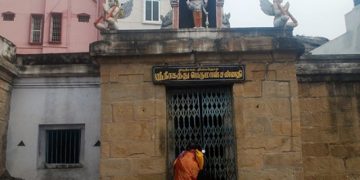
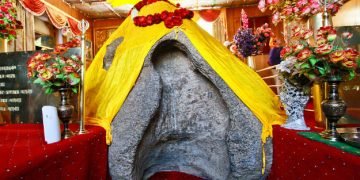
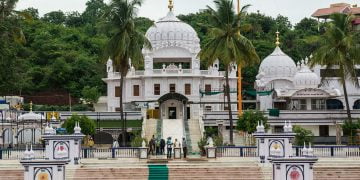

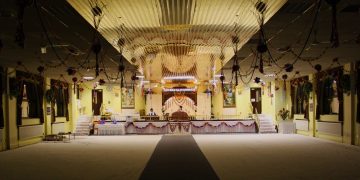
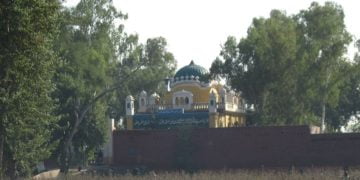
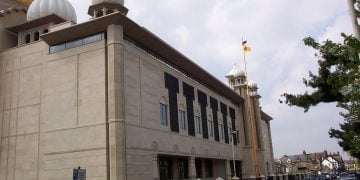
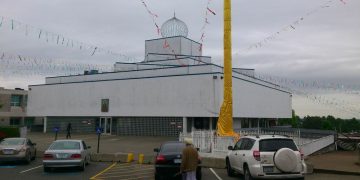
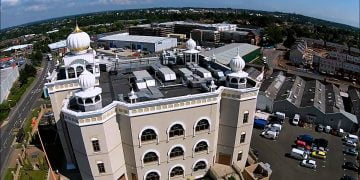
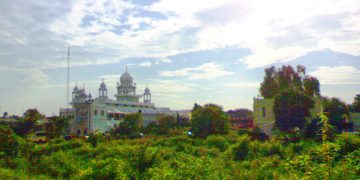
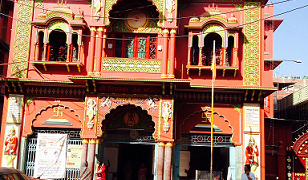
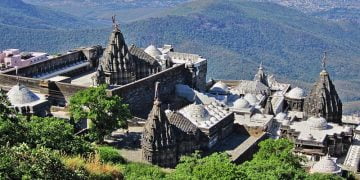
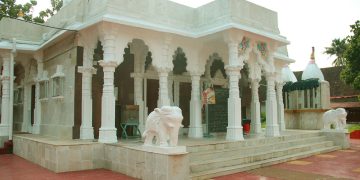
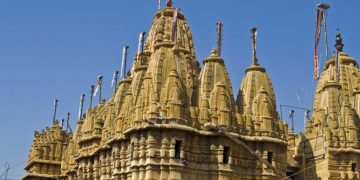
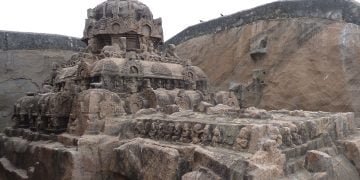
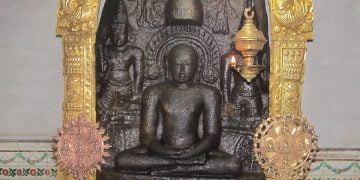
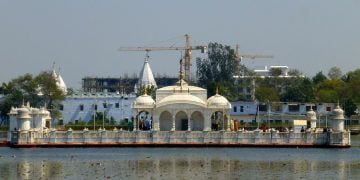

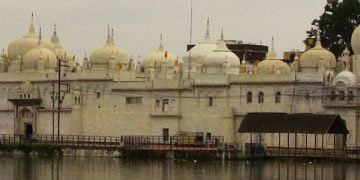

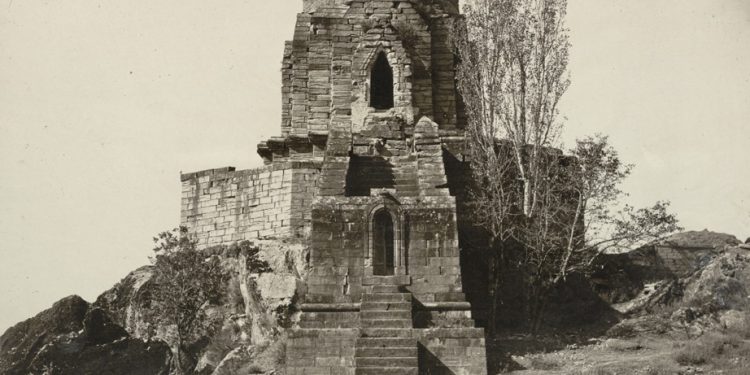

Discussion about this post